The steady shift from sedans and hatchbacks to bigger, bulkier rides has seen Australian roads fill with vehicles that look more at home on a building site or scaling a ravine than they do on the school run.
For every 15 light vehicles sold last year, one was a Toyota HiLux, while the second-most popular vehicle, the Ford Ranger, was not far behind.
In fact, the traditional ‘passenger’ car segment now represents just one-fifth of new vehicles sold in Australia — only 203,000 out of just over a million light vehicles sold in 2022.

To put the decline in context, three times that number of passenger vehicles was sold in 2010.
In place of sedans and hatchbacks, SUVs now make up more than half of sales, with 574,000 sold last year, while ute sales numbered 228,000.
“Preferences have changed and the average family car is now much bigger than it was 30, 40 or 50 years ago,” says RAC Vehicles and Fuels Manager Alex Forrest.
“Nowadays, light commercial vehicles are far more appealing as family vehicles than they were decades ago because they are far more comfortable, better to drive and have as many features as conventional passenger cars.
“Importantly, the safety credentials of light commercials have also caught up – 15 years ago, there was a big gap between the safety ratings of light commercial vehicles and those of passenger cars, but not anymore.”
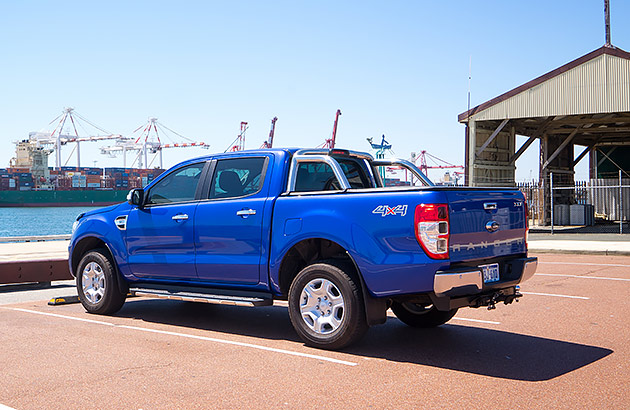
But as the world prepares for a low carbon future and a reduction in our reliance on fossil fuels, there is new pressure to stop supersizing our cars.
There have been calls to ban SUV advertising to curb soaring sales of vehicles, end tax incentives that support the purchase of dual-cab utes, and introduce changes to road charges to discourage their use.
So what are the downsides for Australia’s favourite rides?
Big cars are getting bigger
Like clothing sizes, the average vehicle’s girth has ballooned over time.
A 1978 Holden Commodore had a width of about 1722mm and a height of 1371mm. That is both narrower and shorter than a modern Volkswagen Golf.
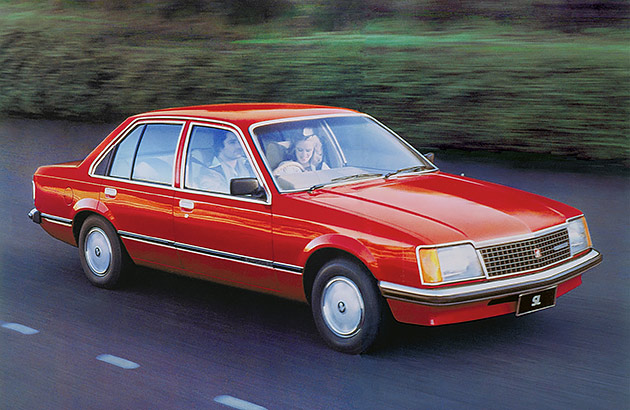
The RAV4, considered one of the first SUV cross-over models, was about 15cm narrower and half a tonne lighter when launched in the 1990s compared to the latest models being driven today.
Even within brands, size is seen as a premium option. A base model Toyota HiLux has a width of 1855mm, but at the top of the range, the HiLux Rogue is another 16.5cm wide and is about 140kg heavier. The latest Ford Ranger grows from 1918mm to 2028mm for higher-spec models.
And while there are still relatively few on Australian roads, the $160,000 US-made RAM 2500 Laramie Crew Cab can be as much as 2600mm wide with mirrors extended, dominating any lane.
Vehicle size isn’t just a matter of width, however, and Australian buyers continue to flock to vehicles that are longer, higher and heavier.
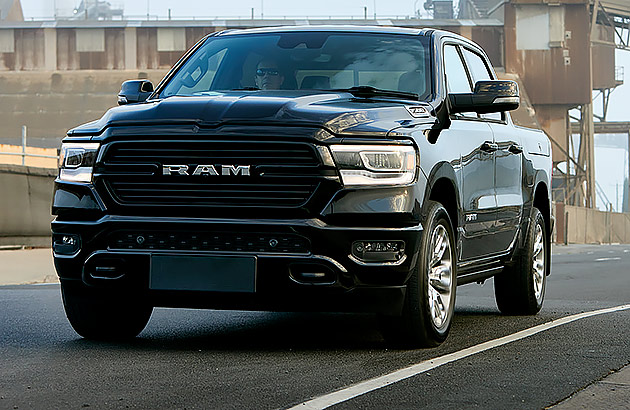
A Hyundai i30 hatchback is only 5mm slimmer than a HiLux but has a very different presence on the road. Meanwhile the Tesla Model Y — one of the fastest-selling cars in the country — is a medium SUV that, thanks to its battery, is heavier than a Mitsubishi Triton.
RELATED:
Electric SUVs available in Australia »
Safety remains a challenge
From the perspective of drivers of big vehicles, the extra size and scale of an SUV or dual-cab ute can mean it is easier to move around goods, dogs or kids, while the height can provide a greater sense of safety.
But RAC’s Alex Forrest warns that feeling of confidence can be misplaced.
“A large vehicle is always going to fare better than a small vehicle in a crash just because of its mass but that can also create a false sense of security,” he says.
“I can be in a different car each week in my role and without a doubt, people give way to you more often if you're in a large vehicle. They tend to get out of your way when you're coming down the road.
“But if you’re driving a small vehicle, large vehicle drivers unfortunately sometimes expect you to be able to stop or be more nimble. Some of that is human nature, knowing that they're probably going to be fine and it’s in the interest of the driver in the smaller car to avoid the crash. We certainly don’t condone that behaviour, but unfortunately it is sometimes evident.”
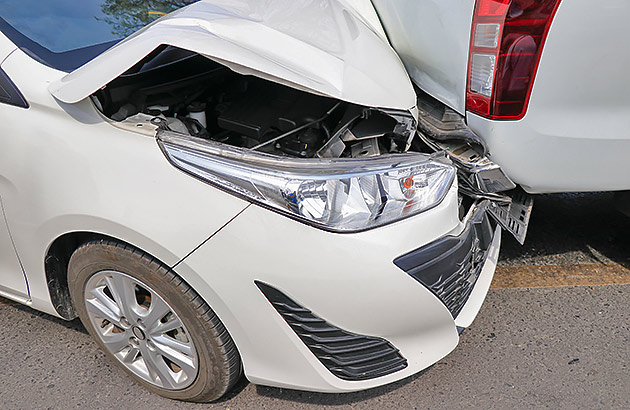
While the safety features of SUVs and utes have improved significantly, Forrest says their higher centre of gravity can put the vehicles at greater risk of rolling over in a crash.
A recent study conducted by the Monash University Accident Research Centre (MUARC) looked at more than 4700 rollover crashes in Australia, of which 3000 were described as high-riding vehicles.
The risk of rollover in SUVs not fitted with electronic stability control was twice as high when compared to other cars. On top of that, drivers in SUVs that rolled over were far more likely to be killed or seriously injured.
“People feel safer when they’re a little bit higher off the ground because they can see further, but it makes those vehicles more unstable, especially if they’re carrying extra weight up high, such as with a roof tent,” Forrest says.
Other road users face greater risks
For other road users, large and high-riding vehicles pose a much greater threat.
MUARC researchers not only examine the crash safety of vehicles but also give them a score based on what is known as aggressivity: the risk that a particular vehicle will cause death or serious injury to other road users in the event of a crash.
“The main problem that we're seeing in terms of the fleet dynamic at the moment is the trend of commercial vehicles being used as family cars,” says MUARC Associate Professor (Research) Stuart Newstead.
“Aggressivity is problematic for commercial vehicles, for four-wheel drive utes in general, but also for passenger vans and bigger SUVs that are really designed to be off-road, like a Nissan Patrol, Toyota Landcruiser or Prado.
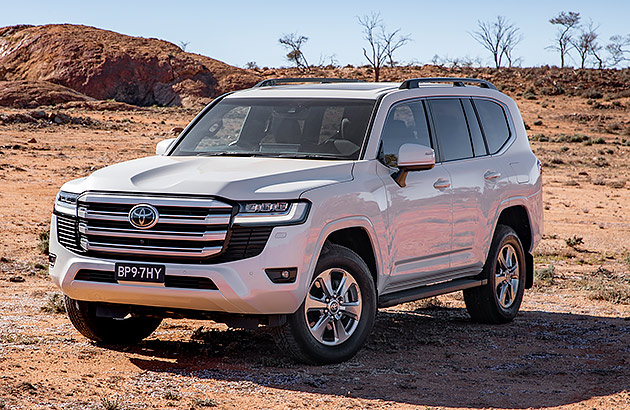
“These three types of vehicles are very much more likely than others to cause deaths and serious injuries to other people.”
In a crash, the geometry of utes, vans and SUVs means the collision can avoid the crash structures of the other vehicle which are designed to absorb energy.
This can mean greater damage to the secondary vehicle and an increased risk of death or serious injury to occupants of the other car.
For crashes involving cyclists or pedestrians, the high front of the vehicle is particularly dangerous, but Dr Newstead says these vehicles also tend to have limited visibility.
“For an unprotected road user, that means they're likely to go under the front of the vehicle rather than over the bonnet and that's a much less favourable crash dynamic,” Dr Newstead says.
“The reduced visibility behind and at the sides of the vehicle can be really problematic for cyclists. And for children, we find a very high proportion of back-over crashes in driveways involving these sorts of vehicles.
“You can have all the sensors, but you can’t really guarantee that you can see and be aware of everything around you.”
Fuel costs and emissions continue to grow
While interest in SUVs and utes continues to surge, so does the cost of refuelling vehicles.
Think tank The Australia Institute was pulling no punches earlier this year when it declared, “Australians buy big, dumb cars and that means we spend a lot more on fuel than we should.”
Our vehicle choice is skewed towards heavier vehicles than we need, the report said, and a lack of fuel efficiency in those vehicles meant both increased costs at the bowser and far higher greenhouse gas emissions.
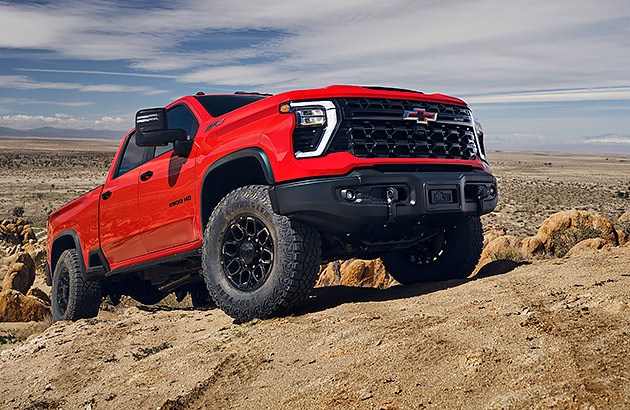
The top 10 selling cars in the UK use 24 per cent less fuel per kilometre than the top 10 selling cars in Australia, the report found.
Matching that efficiency would save car and SUV owners $9 billion a year in fuel costs, cut $4 billion a year off the petrol and diesel bill for light commercial vehicle and ute owners — and reduce Australia’s total transport emissions by 17 per cent.
Other groups are also mobilising against what they see as lane-hogging, parking space-filling behemoths.
The Grattan Institute has proposed measures that would disincentivise ownership of big vehicles.
The think tank argues that “larger vehicles cause more congestion than smaller cars. They not only occupy more space, but also induce other drivers to slow down, partly because they impede the sight lines of those in smaller cars.”
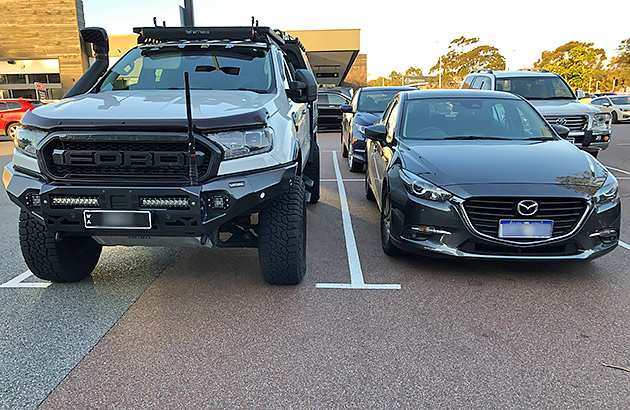
To counter this, it wants planners to consider narrow lanes that could be reserved for micro and light vehicles, and additional smaller parking bays that could be reserved for compact cars.
Internationally, these moves are already taking place. France has announced that from next year, SUV owners will need to pay more for parking bays in Paris, with a deputy mayor from the Paris city council describing SUVs in Paris as “absolutely useless… there are no dirt paths, no mountain roads”.
In the UK, there have been warnings that the rise of so-called ‘autobesity’ could lead to older car parks collapsing under the weight of too many big cars.
Even the boss of Citroen has warned that the days of big cars are numbered, based on the impact that their size and weight has on efficiency — which will become more of an issue as vehicle makers switch to EVs.
RAC’s Alex Forrest says the rise of electrification may well have a dampening effect on the dual-cab and SUV market, but he doesn’t expect Australians to downsize any time soon.
“There are huge benefits with smaller vehicles — they are much cheaper to run, easier to park and some might say they are more fun to drive as well,” he says.
“There is less impact on the environment in the manufacturing process and if you have a small EV, you are dealing with a battery that is half the size, which means extracting fewer rare earths.
"But not everyone wants a small car and not everyone is looking at the broader benefits. “These are just things everyone needs to weigh up when they are choosing the vehicle that is right for them.”
Considering an EV? Get a discount on your car loan interest rate.
Get 0.50% p.a. off your car loan interest rate when you buy an electric vehicle.
T&Cs: Discount applies to fully electric new and used vehicles, excludes Hybrid vehicles. Offer is subject to RAC Finance Lending Terms and Conditions. Fees and charges apply. Australian Credit Licence 387972.
